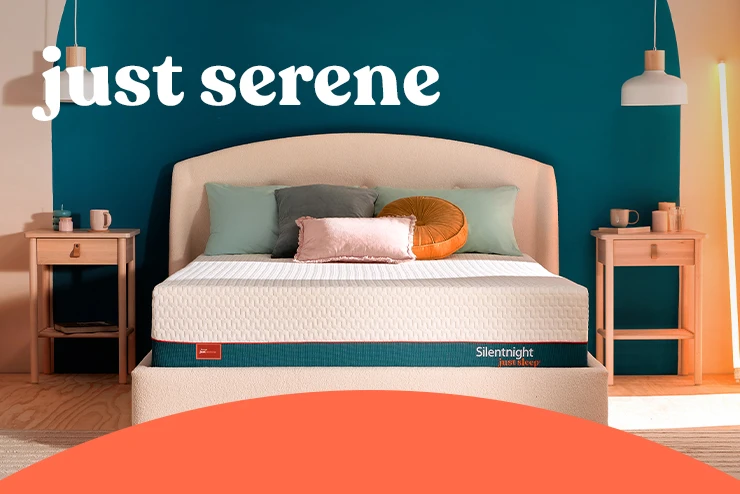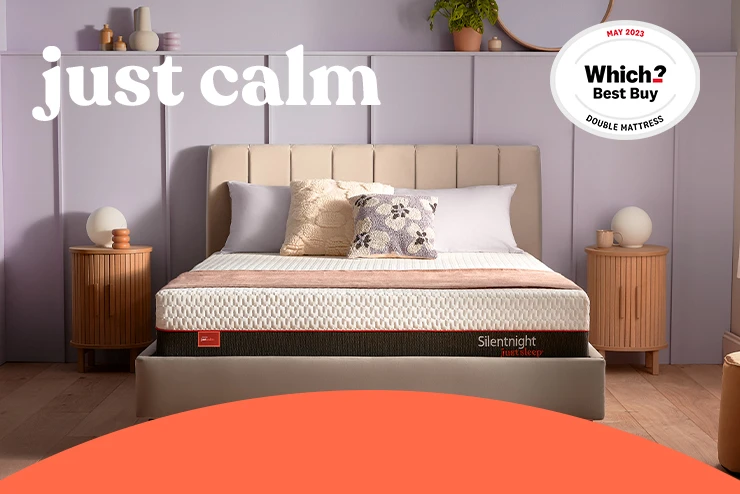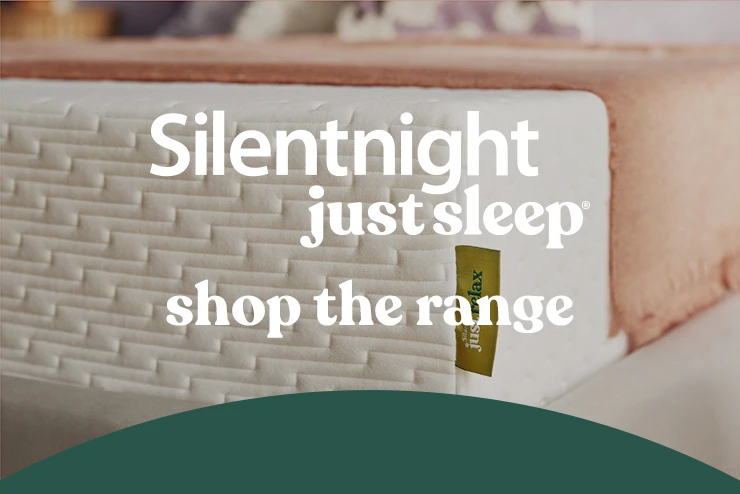Download a new browser







try it out for a year

choose from 7 rolled mattresses

delivered in 48 hours
shop by size
shop by range
UK's most trusted sleep brand

Handmade in the UK

multi award-winning mattresses
shop by type
buying guides
UK's most trusted sleep brand

multi award-winning mattresses

rigorous safety testing
shop by type
sleep advice
UK's most trusted sleep brand

FREE UK delivery over £49

rigorous safety testing







try it out for a year

choose from 7 rolled mattresses

delivered in 48 hours
shop by size
shop by range
UK's most trusted sleep brand

Handmade in the UK

multi award-winning mattresses
shop by type
buying guides
UK's most trusted sleep brand

multi award-winning mattresses

rigorous safety testing
shop by type
sleep advice
UK's most trusted sleep brand

FREE UK delivery over £49

rigorous safety testing
 free delivery over £49
free delivery over £49
 Klarna available
Klarna available
Guides
5 min read
written by Simon Anthony
updated 07.05.2025

Back pain is one of the most common causes of disruption to sleep, whether it’s caused by the position you sleep in or an ongoing health issue – and the effect it has on your sleeping pattern can lead to other problems such as fatigue and low mood.
So, we’ve put together this helpful guide for choosing the best mattress for back pain, focusing on features that offer support and comfort. We’ve also outlined what positions can aid the relief of your back pain, so you can focus on getting good old fashioned quality sleep.
The best mattress for back pain is one that keeps your spine aligned and muscles relaxed while you sleep. Proper alignment lets your spine and muscles recover, so you feel fresh the next day. However, poor alignment can cause headaches, fatigue, lower back pain, and even neck pain.
So, how do you find one that enhances your alignment?
There are three key elements you need to consider when choosing your next mattress for back pain: the firmness (support system), support layer and comfort layer.
Choosing the correct firmness can help prevent your back pain and speed up your recovery time. A mattress that is too soft to support your weight will often sag in the middle, distorting your spine and preventing complete recovery. Unsupportive mattresses also make you work harder to get comfortable, often leaving you feeling fatigued the next day after tossing and turning during the night.
On the other hand, a firm mattress for back pain will not have enough ‘give’ to support your spine’s natural curve. The zoning will be ineffective, and the pressure will stay uneven, therefore possibly contributing to your pain.
Above the support layer is the comfort layer; the finishing touch to a comfortable, restful night. Each comfort layer offers a different experience; for instance, the British Wool collection uses British wool for a soft but sturdy addition to the composition.
When it comes to ensuring your back is supported while you rest, you can choose the sink-in sensation of memory foam, a more supportive bounce from latex or the breathable fibres of the Lift Breathe Mattress.
While comfort is a personal choice, three of our comfort layers can be effective in different ways:
A relaxing layer made from a blend of natural and synthetic latex, which is ideal in mattresses where back pain is concerned. This comfort layer is naturally flame retardant, hypo-allergenic and antibacterial without the need for added chemicals. Latex trees also contribute to environmental CO2 removal.
Latex mattresses offer great pressure relief with extra durability and responsive bounce-back for the restless sleepers. Here’s a further look at its benefits:
ease of movement - latex offers a minimal 'sink in' feeling but with good bounce back, so movement is easy.
durable - latex layers do not lose their height over time and should perform well over the mattress’ lifespan.
hygienic and hypo-allergenic - latex is naturally safe and antimicrobial, anti-fungal and dust mite resistant.
Developed with pressure relief in mind. Our sprung ranges feature odour-free memory foam with quick shape recovery. Memory foam mattresses softly contour your body like a warm hug. Here's more about memory foam:
pressure relieving - memory foam disperses pressure more evenly on areas like the spine, hips and shoulders as opposed to other comfort materials.
body contouring – memory foam naturally conforms to the body’s contours, therefore leaving you feeling supported while you sleep
not breathable - memory foam retains heat more than other fillings, which may even flair up your aches and pains. We recommend opting for our Memory Cool range if you’re a hot sleeper as you still get the same supportive sink-in feeling with added breathability.
Please note, memory foam isn’t always recommended for people suffering from aches and pains as it has more of a 'sink in' feeling and resists movement more than materials like Latex. But while you may have to work harder to move on memory foam, it contours to the body and is excellent at relieving pressure.
If you’re a hot sleeper, you may sleep more comfortably with a gel comfort layer. Our refreshed UltraGel mattresses feature a gel-infused layer that responds to your body while you sleep, providing pressure relief while wicking away the heat. Here are further benefits to these mattresses:
enhanced airflow: Compared to memory foam, UltraGel allows air to pass through so that you don’t overheat during the night.
ideal for twisters & turners – If you’re a restless sleeper, UltraGel’s high elasticity will minimise movement and will ensure your partner isn’t disturbed during the night.
pressure relief - As supportive as some foams, without the heat. The UltraGel layer distributes weight evenly, optimising your overall comfort.
Are you a couple with different body types? Having different support needs can make shopping for a mattress more challenging. Check out our article about the best mattress for couples.
A mattress’ support system is rated by its firmness, but we must move past the outdated idea that extra-firm mattresses are best for solving a bad back. When deciding what type of mattress is best for back pain, you should choose the right firmness for your own body type. Softer mattresses are more suitable for smaller, lighter people, while people with a larger body type will feel more supported with a firmer mattress or one that’s memory foam.
Memory foam isn’t necessarily bad for lower back pain, it can actually be beneficial for some. How you determine this is by your own individual needs and preferences. Memory foam is known for its pressure relief and supportive nature, which can potentially also improve spinal alignment. The only downside is that memory foam can feel warm to sleep on, which can increase your discomfort.
Even as a perfect mattress ages, it slowly loses its ability to support you as it once did. That's why we recommend replacing your mattress every 7-8 years. Whether your mattress is too old, soft or firm, you may feel its effects the next day, and this may even worsen over time, causing chronic aches and pain.
We recommend sleeping on your back if you commonly suffer from back pain. While it may be harder for you to drift off in this position, it’s the best way to keep your spine aligned, especially if you also use one pillow as standard, and also pop a pillow underneath your knees.
To find out which is the best mattress for your back pain, the ultimate test is to sleep on it. We understand it can take a little time to settle-in with a new mattress, which is why we offer a comfort exchange that gives you 60 nights to get comfortable before deciding on whether it’s your perfect mattress or not.
If you're still not loving your new mattress within 60 nights from delivery, you can exchange it for another mattress. It’s as simple as that. Learn more about our comfort guarantee.
Add another item to compare
Add another item to compare
Add another item to compare
Add another item to compare